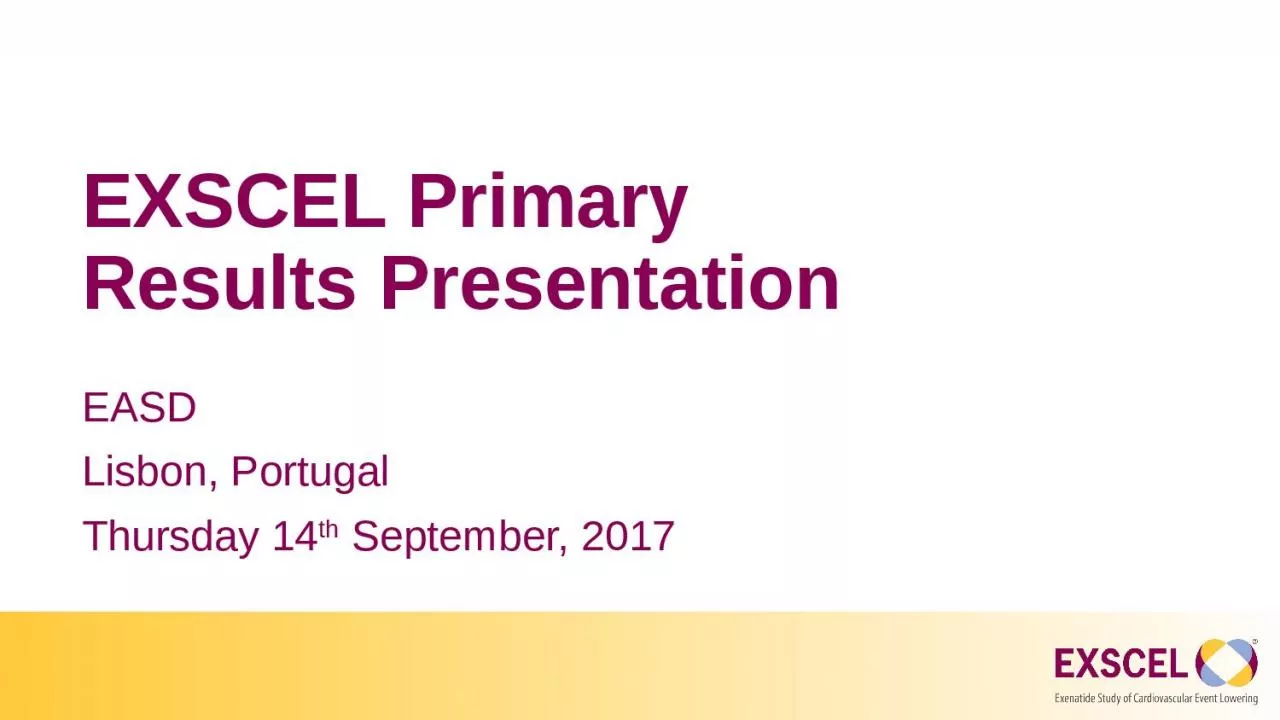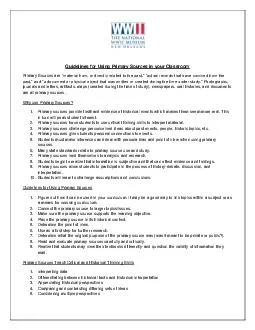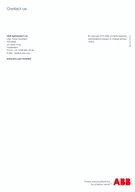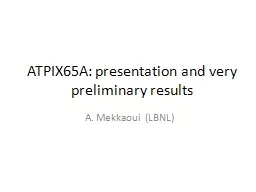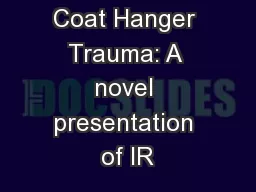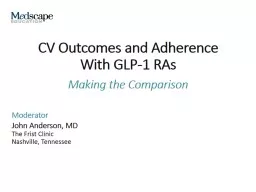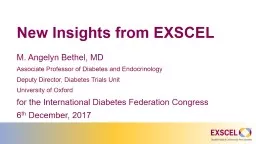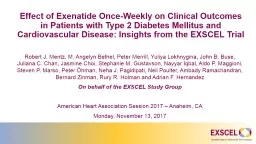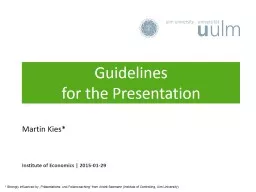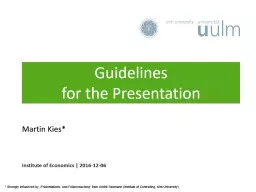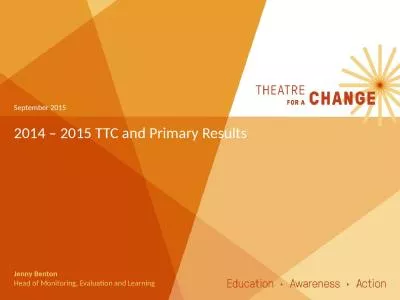PPT-EXSCEL Primary Results Presentation
Author : eloise | Published Date : 2023-11-22
EASD Lisbon Portugal Thursday 14 th September 2017 Study Rationale Design and Conduct Robert J Mentz MD Duke Clinical Research Institute Presenter Disclosure Information
Presentation Embed Code
Download Presentation
Download Presentation The PPT/PDF document "EXSCEL Primary Results Presentation" is the property of its rightful owner. Permission is granted to download and print the materials on this website for personal, non-commercial use only, and to display it on your personal computer provided you do not modify the materials and that you retain all copyright notices contained in the materials. By downloading content from our website, you accept the terms of this agreement.
EXSCEL Primary Results Presentation: Transcript
Download Rules Of Document
"EXSCEL Primary Results Presentation"The content belongs to its owner. You may download and print it for personal use, without modification, and keep all copyright notices. By downloading, you agree to these terms.
Related Documents

